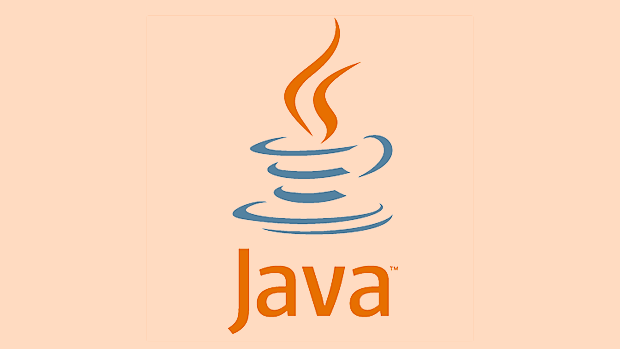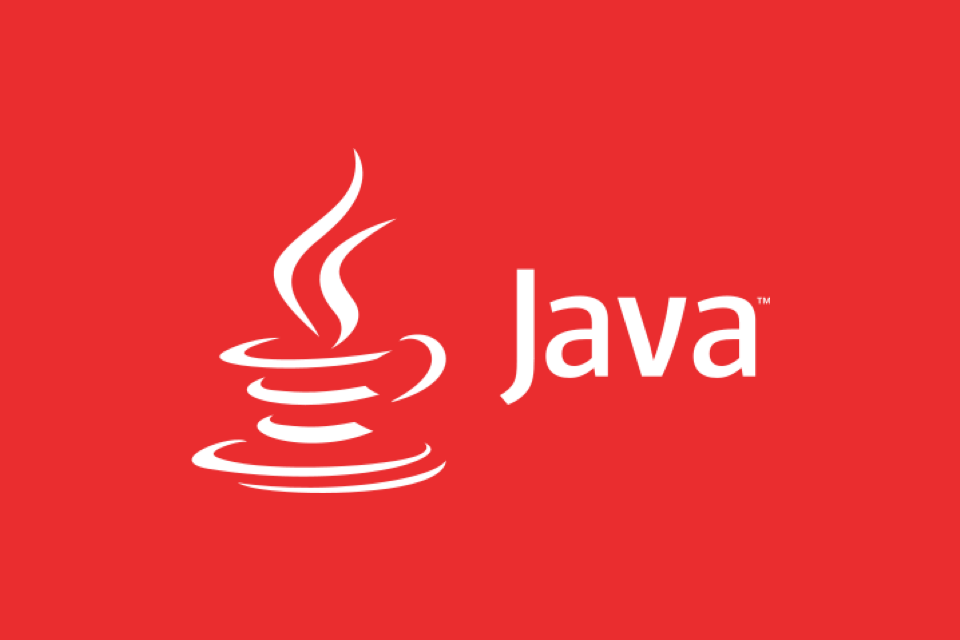Metaspace is a memory area introduced by Java 8 to replace PermGen to store class metadata. 1. It uses local memory and can be dynamically expanded by default; 2. Avoid memory overflow problems caused by PermGen fixed size; 3. The garbage collection mechanism is different, and it is triggered only when the metaspace is exhausted or useless; 4. It can be configured through parameters such as -XX:MaxMetaspaceSize; 5. Monitoring tools include jstat, VisualVM and JConsole; 6. In actual development, pay attention to dynamic class generation, class loader release and third-party library issues, and analyze dump files and update dependent libraries when necessary to optimize performance.

Metaspace is a new feature introduced in Java 8 to replace PermGen. Its emerged mainly to solve some problems with PermGen, such as memory overflow and management inconvenience.

What is Metaspace?
Simply put, Metaspace is a memory area in the JVM that is used to store class metadata. These metadata include class structure information, method definition, field information, etc. Before Java 8, these data were placed in the PermGen area, which was a fixed, non-heap memory area, which could easily lead to java.lang.OutOfMemoryError: PermGen space error.
Starting in Java 8, PermGen was removed and replaced by Metaspace. It uses native memory by default, which means its size is no longer limited to the fixed size set in the JVM startup parameters, but is dynamically expanded according to runtime needs.

The difference between Metaspace and PermGen
- Different storage locations : PermGen is a continuous piece of memory managed by the JVM itself, which belongs to off-heap memory but is controlled by the JVM; while Metaspace is based on local memory provided by the operating system.
- Automatic scaling capability : Metaspace can automatically grow as needed, avoiding the common memory shortage problem in PermGen.
- The garbage collection mechanism is different : the data in PermGen will be cleaned up when Full GC; the recycling of Metaspace occurs when metaspace is exhausted or metadata is useless, and is triggered by the garbage collector.
- Different configuration methods : You can limit the maximum size of Metaspace by
-XX:MaxMetaspaceSize, which is not restricted by default.
How to monitor and tune Metaspace?
If you encounter metaspace-related memory problems when running Java applications, you can monitor and tune them in the following ways:
- Use
jstat -gc <pid></pid>to view Metaspace usage. - Use tools such as VisualVM or JConsole to graphically view the changing trends of metaspaces.
- If you find that Metaspace occupies too high or continues to grow, you can consider setting
-XX:MaxMetaspaceSizeto prevent memory exhaustion. - If your application frequently loads and uninstalls classes (such as certain frameworks or containers), be careful whether there is a metaspace leak.
Common parameters are as follows:

-
-XX:MetaspaceSize: The initial Metaspace size. -
-XX:MaxMetaspaceSize: The maximum size that Metaspace can be expanded to. -
-XX:MinMetaspaceFreeRatioand-XX:MaxMetaspaceFreeRatio: Controls the adjustment strategy after Metaspace garbage collection.
Issues that need to be paid attention to in actual development
Sometimes you will encounter Metaspace consumption exceptions, which may be because:
- There are a large number of dynamically generated classes in the application (such as reflection, proxy, JSP compilation, etc.).
- The class loader is not released correctly, resulting in the class being unable to uninstall.
- There is a problem with the internal mechanism of the third-party library or framework, causing the class to be loaded repeatedly.
In this case, it is recommended:
- Analyze the dump file and see which classes occupy a lot of metaspace.
- Checks whether the class loader is properly closed or released.
- Update the relevant dependency library version to see if there are any known fixes.
Basically that's it. The design of Metaspace simplifies the memory model of the JVM and improves the stability of the application. However, it is still necessary to pay attention to reasonable configuration and monitoring in actual use, especially in scenarios where class loading is frequent.
The above is the detailed content of What is Metaspace in Java 8?. For more information, please follow other related articles on the PHP Chinese website!

Hot AI Tools

Undress AI Tool
Undress images for free

Undresser.AI Undress
AI-powered app for creating realistic nude photos

AI Clothes Remover
Online AI tool for removing clothes from photos.

Clothoff.io
AI clothes remover

Video Face Swap
Swap faces in any video effortlessly with our completely free AI face swap tool!

Hot Article

Hot Tools

Notepad++7.3.1
Easy-to-use and free code editor

SublimeText3 Chinese version
Chinese version, very easy to use

Zend Studio 13.0.1
Powerful PHP integrated development environment

Dreamweaver CS6
Visual web development tools

SublimeText3 Mac version
God-level code editing software (SublimeText3)

Hot Topics
 Difference between HashMap and Hashtable?
Jun 24, 2025 pm 09:41 PM
Difference between HashMap and Hashtable?
Jun 24, 2025 pm 09:41 PM
The difference between HashMap and Hashtable is mainly reflected in thread safety, null value support and performance. 1. In terms of thread safety, Hashtable is thread-safe, and its methods are mostly synchronous methods, while HashMap does not perform synchronization processing, which is not thread-safe; 2. In terms of null value support, HashMap allows one null key and multiple null values, while Hashtable does not allow null keys or values, otherwise a NullPointerException will be thrown; 3. In terms of performance, HashMap is more efficient because there is no synchronization mechanism, and Hashtable has a low locking performance for each operation. It is recommended to use ConcurrentHashMap instead.
 Why do we need wrapper classes?
Jun 28, 2025 am 01:01 AM
Why do we need wrapper classes?
Jun 28, 2025 am 01:01 AM
Java uses wrapper classes because basic data types cannot directly participate in object-oriented operations, and object forms are often required in actual needs; 1. Collection classes can only store objects, such as Lists use automatic boxing to store numerical values; 2. Generics do not support basic types, and packaging classes must be used as type parameters; 3. Packaging classes can represent null values ??to distinguish unset or missing data; 4. Packaging classes provide practical methods such as string conversion to facilitate data parsing and processing, so in scenarios where these characteristics are needed, packaging classes are indispensable.
 How does JIT compiler optimize code?
Jun 24, 2025 pm 10:45 PM
How does JIT compiler optimize code?
Jun 24, 2025 pm 10:45 PM
The JIT compiler optimizes code through four methods: method inline, hot spot detection and compilation, type speculation and devirtualization, and redundant operation elimination. 1. Method inline reduces call overhead and inserts frequently called small methods directly into the call; 2. Hot spot detection and high-frequency code execution and centrally optimize it to save resources; 3. Type speculation collects runtime type information to achieve devirtualization calls, improving efficiency; 4. Redundant operations eliminate useless calculations and inspections based on operational data deletion, enhancing performance.
 What are static methods in interfaces?
Jun 24, 2025 pm 10:57 PM
What are static methods in interfaces?
Jun 24, 2025 pm 10:57 PM
StaticmethodsininterfaceswereintroducedinJava8toallowutilityfunctionswithintheinterfaceitself.BeforeJava8,suchfunctionsrequiredseparatehelperclasses,leadingtodisorganizedcode.Now,staticmethodsprovidethreekeybenefits:1)theyenableutilitymethodsdirectly
 What is an instance initializer block?
Jun 25, 2025 pm 12:21 PM
What is an instance initializer block?
Jun 25, 2025 pm 12:21 PM
Instance initialization blocks are used in Java to run initialization logic when creating objects, which are executed before the constructor. It is suitable for scenarios where multiple constructors share initialization code, complex field initialization, or anonymous class initialization scenarios. Unlike static initialization blocks, it is executed every time it is instantiated, while static initialization blocks only run once when the class is loaded.
 What is the Factory pattern?
Jun 24, 2025 pm 11:29 PM
What is the Factory pattern?
Jun 24, 2025 pm 11:29 PM
Factory mode is used to encapsulate object creation logic, making the code more flexible, easy to maintain, and loosely coupled. The core answer is: by centrally managing object creation logic, hiding implementation details, and supporting the creation of multiple related objects. The specific description is as follows: the factory mode handes object creation to a special factory class or method for processing, avoiding the use of newClass() directly; it is suitable for scenarios where multiple types of related objects are created, creation logic may change, and implementation details need to be hidden; for example, in the payment processor, Stripe, PayPal and other instances are created through factories; its implementation includes the object returned by the factory class based on input parameters, and all objects realize a common interface; common variants include simple factories, factory methods and abstract factories, which are suitable for different complexities.
 What is the `final` keyword for variables?
Jun 24, 2025 pm 07:29 PM
What is the `final` keyword for variables?
Jun 24, 2025 pm 07:29 PM
InJava,thefinalkeywordpreventsavariable’svaluefrombeingchangedafterassignment,butitsbehaviordiffersforprimitivesandobjectreferences.Forprimitivevariables,finalmakesthevalueconstant,asinfinalintMAX_SPEED=100;wherereassignmentcausesanerror.Forobjectref
 What is type casting?
Jun 24, 2025 pm 11:09 PM
What is type casting?
Jun 24, 2025 pm 11:09 PM
There are two types of conversion: implicit and explicit. 1. Implicit conversion occurs automatically, such as converting int to double; 2. Explicit conversion requires manual operation, such as using (int)myDouble. A case where type conversion is required includes processing user input, mathematical operations, or passing different types of values ??between functions. Issues that need to be noted are: turning floating-point numbers into integers will truncate the fractional part, turning large types into small types may lead to data loss, and some languages ??do not allow direct conversion of specific types. A proper understanding of language conversion rules helps avoid errors.






